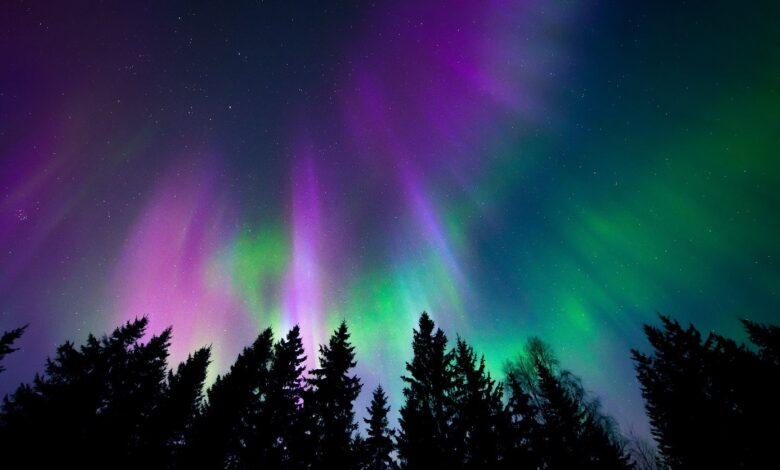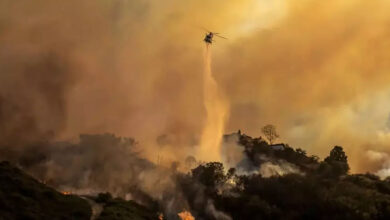Northern Lights Spectacle to Illuminate Upper U.S. Skies on New Year’s Eve

As 2024 draws to a close, residents in the northern United States are in for a celestial treat this New Year’s Eve. Forecasts from the National Oceanic and Atmospheric Administration (NOAA) indicate a significant geomagnetic storm, potentially bringing the dazzling aurora borealis into view across states like Washington, Montana, North Dakota, South Dakota, Minnesota, Wisconsin, Michigan, New Hampshire, Vermont, and Maine. Parts of Oregon, Idaho, Wyoming, Iowa, and New York might also catch a glimpse of this natural phenomenon.
The forecast comes on the heels of a series of solar flares erupting from the sun, including multiple X-class flares, the strongest of which reached an intensity of X1.59. These flares have resulted in coronal mass ejections (CMEs) hurtling towards Earth, expected to trigger a strong geomagnetic storm (G3 level) on December 31. This heightened solar activity coincides with the Solar Maximum, a period where solar events are at their peak in an 11-year cycle, offering more frequent and vivid auroral displays.
“With the current solar activity, we’re anticipating a visually spectacular New Year’s Eve for those in the northern U.S.,” said Dr. Shawn Dahl from NOAA’s Space Weather Prediction Center. “This G3 storm could push the aurora far enough south for millions to experience this breathtaking sight.”
The best viewing times are projected to be between 10 PM and 2 AM local time, with the peak activity likely just after midnight, offering a unique backdrop to New Year’s celebrations. For the best experience, experts recommend seeking areas with minimal light pollution, clear weather conditions, and a clear view to the north. Even if the lights aren’t visible to the naked eye, capturing them with a camera set to a long exposure or using night mode can reveal the aurora’s colors and movements.
This event has already stirred excitement on social media platforms, with users on X sharing tips and locations for optimal viewing. “The northern lights may be brighter than usual in the northernmost states tonight as the NOAA projects an unusually strong aurora borealis forecast,” one user noted, highlighting the anticipation and preparation among enthusiasts and casual observers alike.
However, while the spectacle promises to be one of nature’s most beautiful displays, there’s a flip side. NOAA warns that such geomagnetic storms can cause minor disruptions to radio communications, satellite operations, and even power grids. “We’ve advised relevant authorities to be prepared for potential impacts,” added Dahl, ensuring that while the lights are a treat, they come with a reminder of the sun’s influence on our technology.
For those planning to witness this event, dressing warmly is advised, as winter temperatures can be harsh in these regions. Additionally, patience and a bit of luck with the weather will enhance the chances of seeing the aurora borealis paint the sky in shades of green, pink, and purple.




